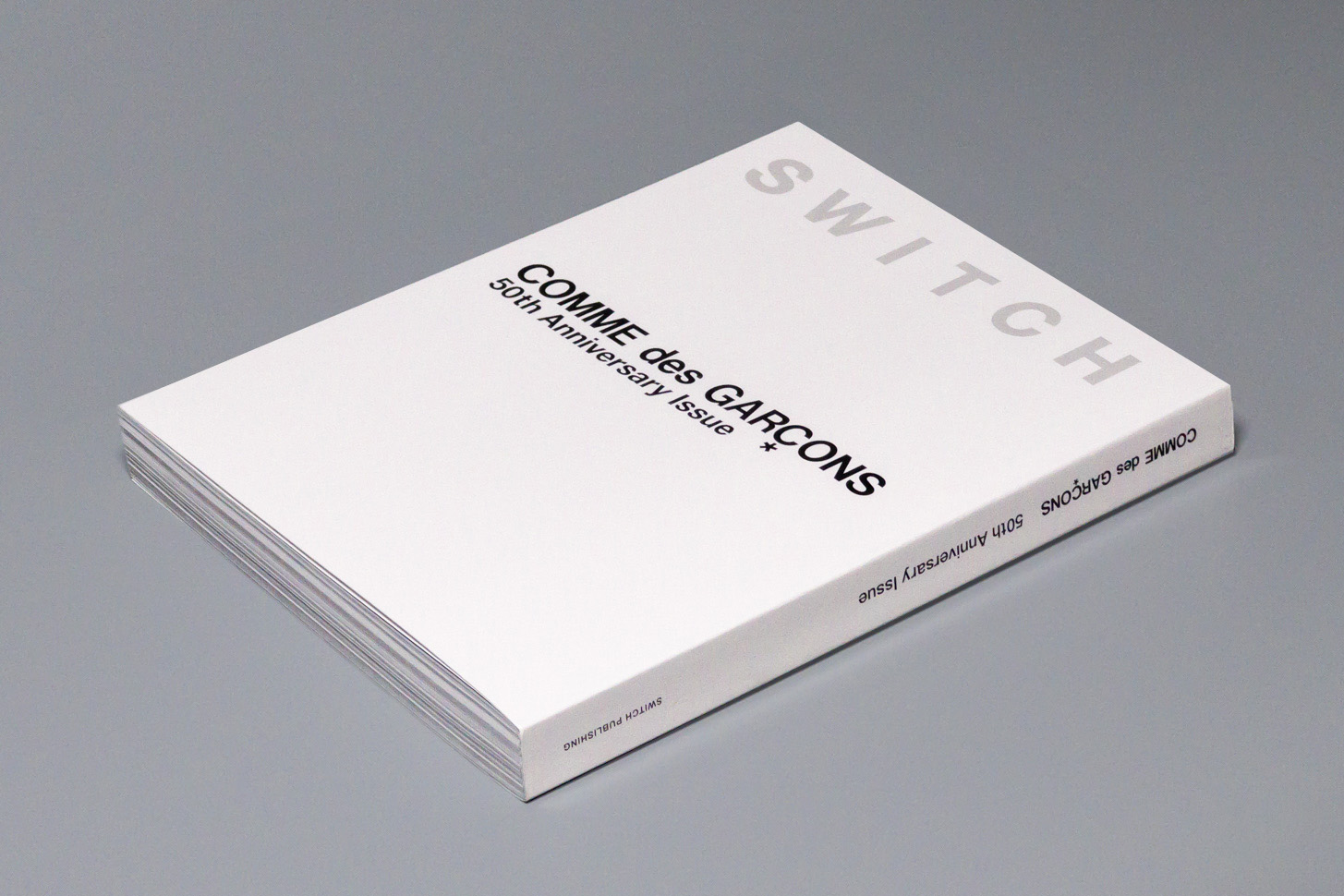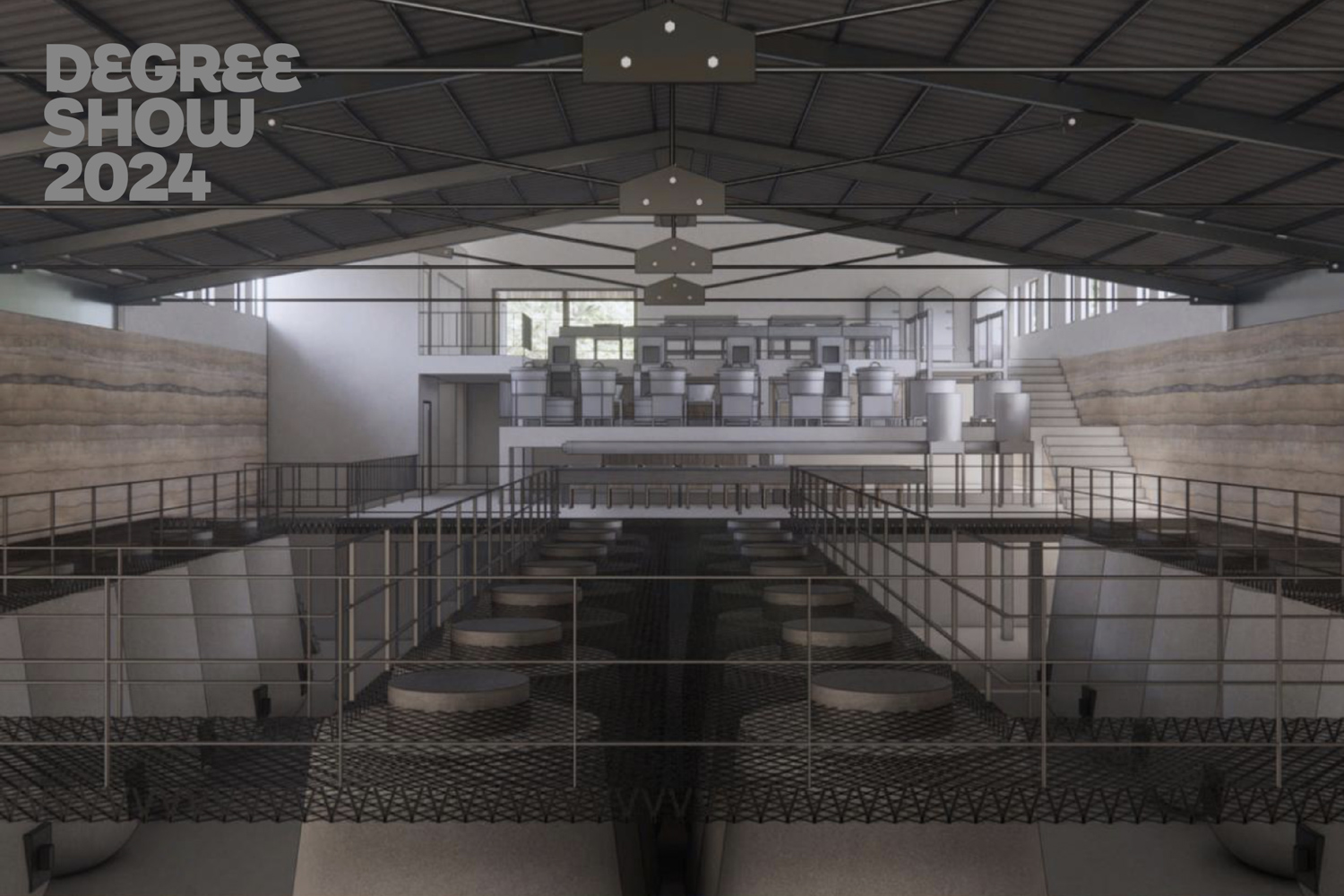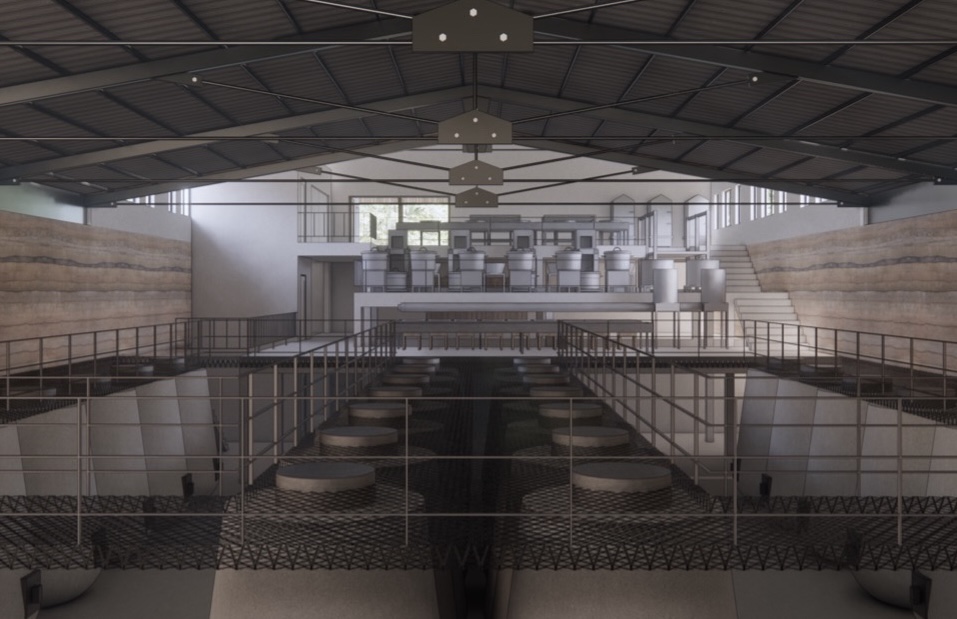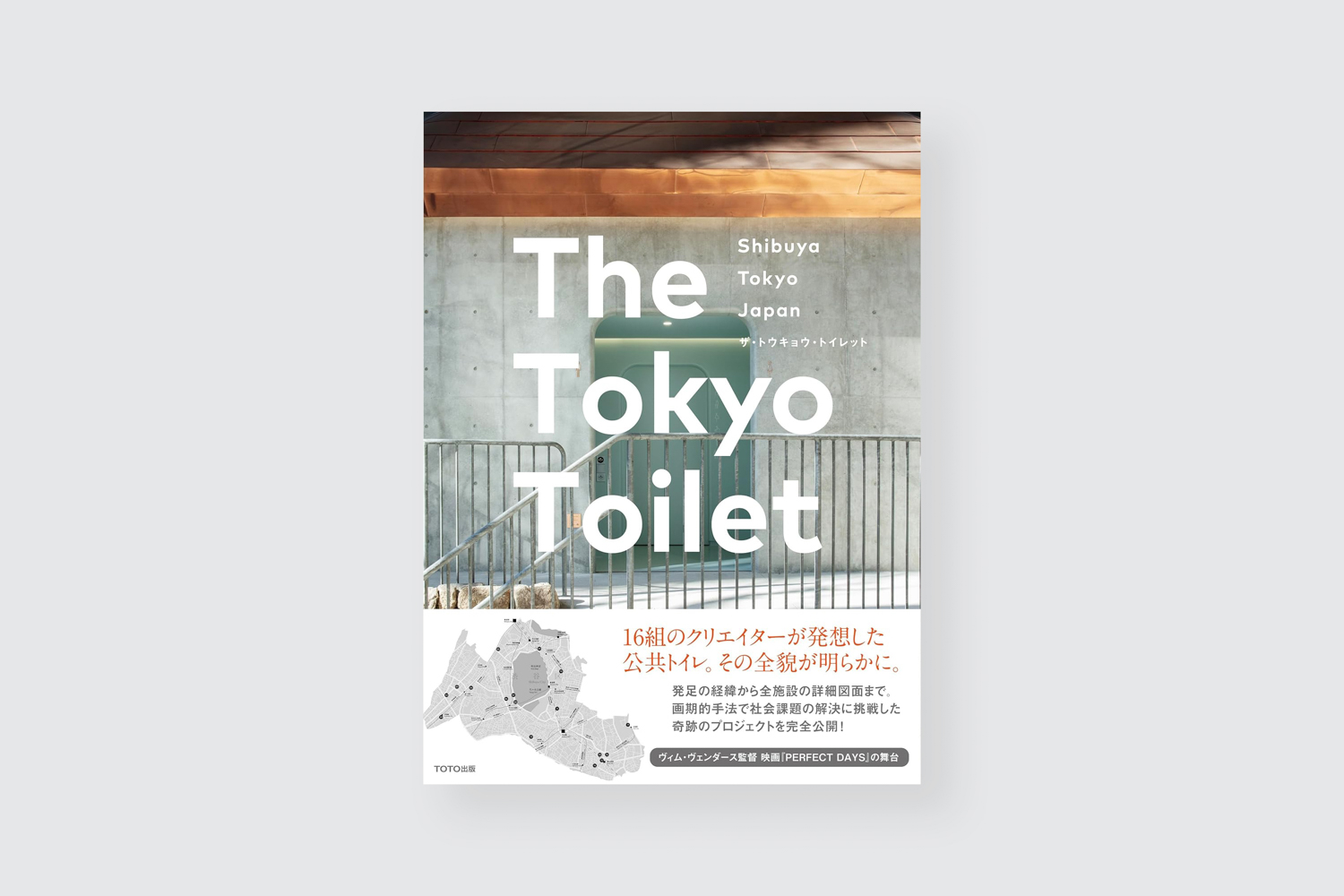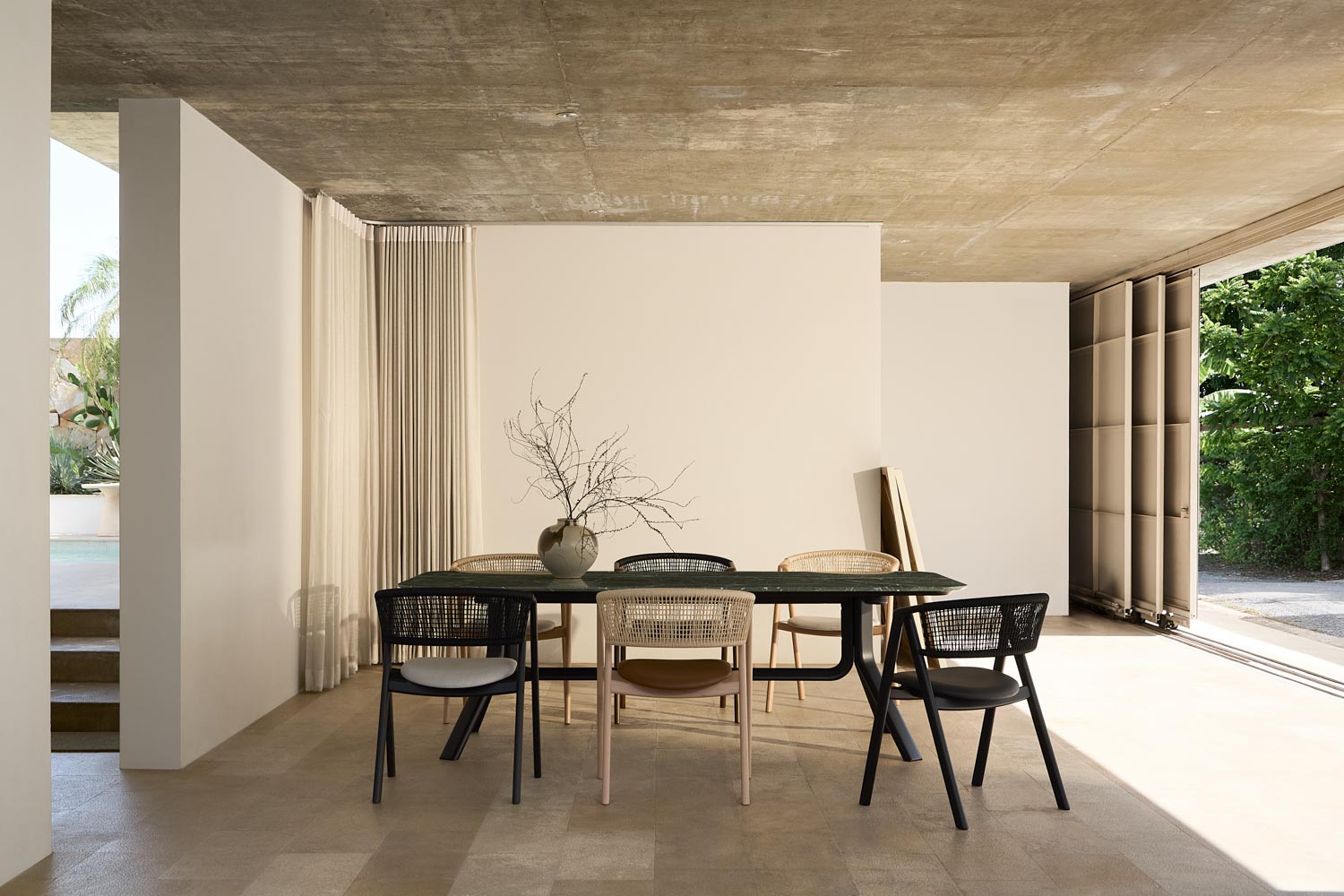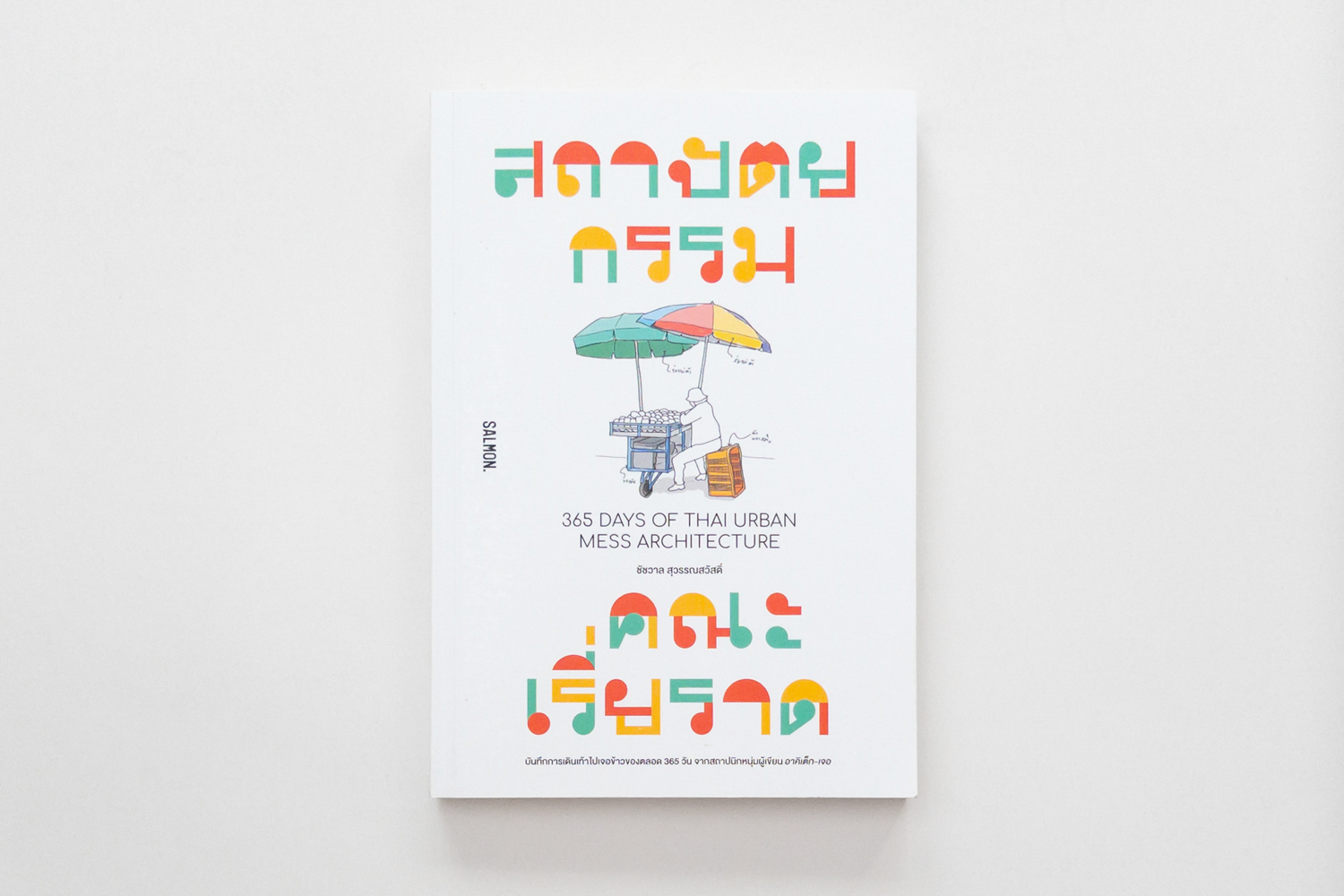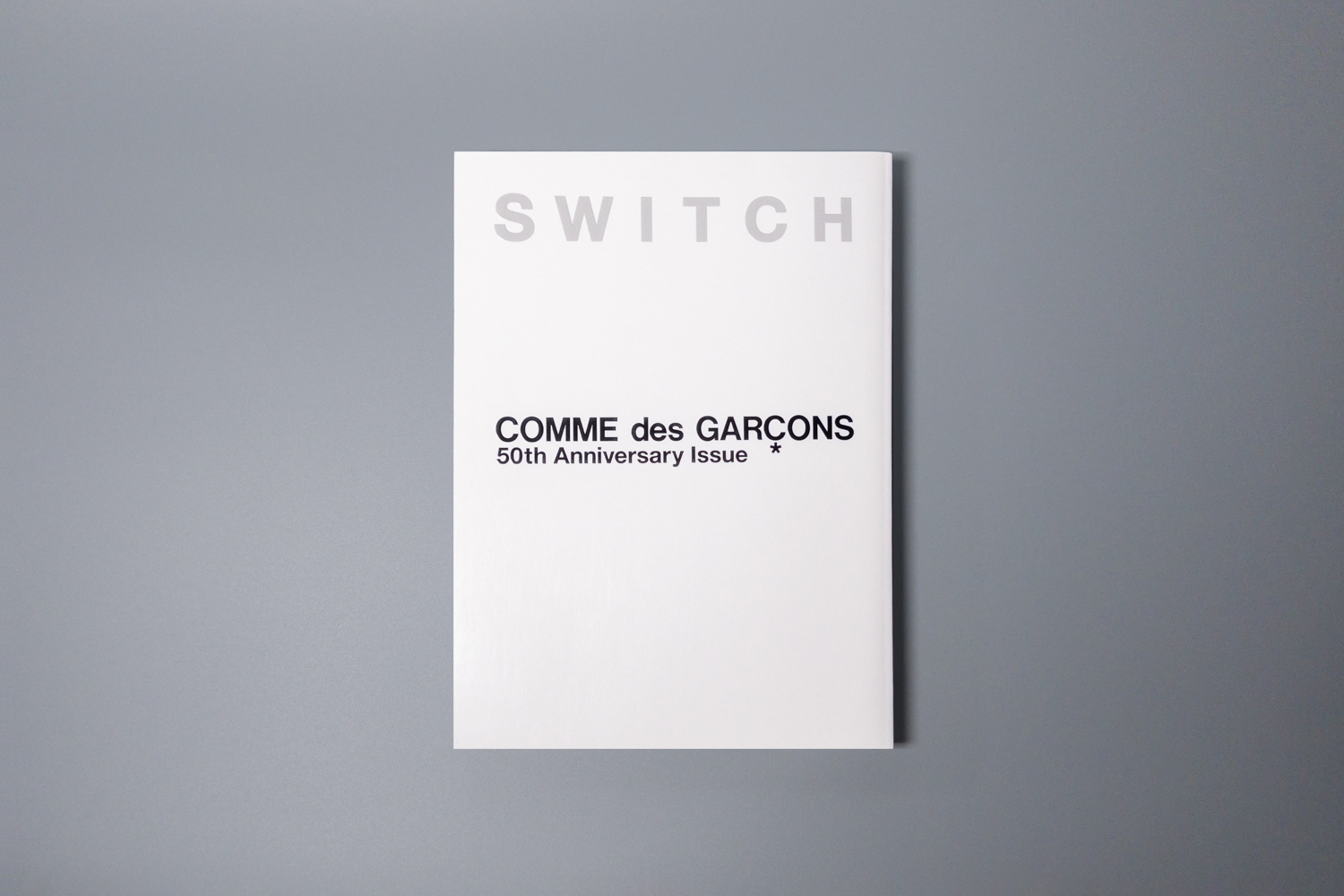
Category: MAGAZINE
NOSTALGIA FOR UNITY

‘NOSTALGIA FOR UNITY’ BY KORAKRIT ARUNANONDCHAI REVEALS THE DELICATE AND COMPLEX INTERCONNECTIONS WITHIN THE SPACE HIGHLIGHTING THE BOUNDARIES BETWEEN THE ARTWORK AND THE EXHIBITION SPACE
Read More
ARCHIDEX 2024
EXPLORE ARCHIDEX 2024 EVENT, A SIGNIFICANT EXPOSITION AND ACADEMIC FORUM FOCUSED ON ARCHITECTURE ORGANIZED BY THE PAM AND C.I.S, WHICH HAS MADE A REMARKABLE COMEBACK
ARCHITECTURE PROGRAM, KASETSART UNIVERSITY
CHANIDA VORAPHITAK
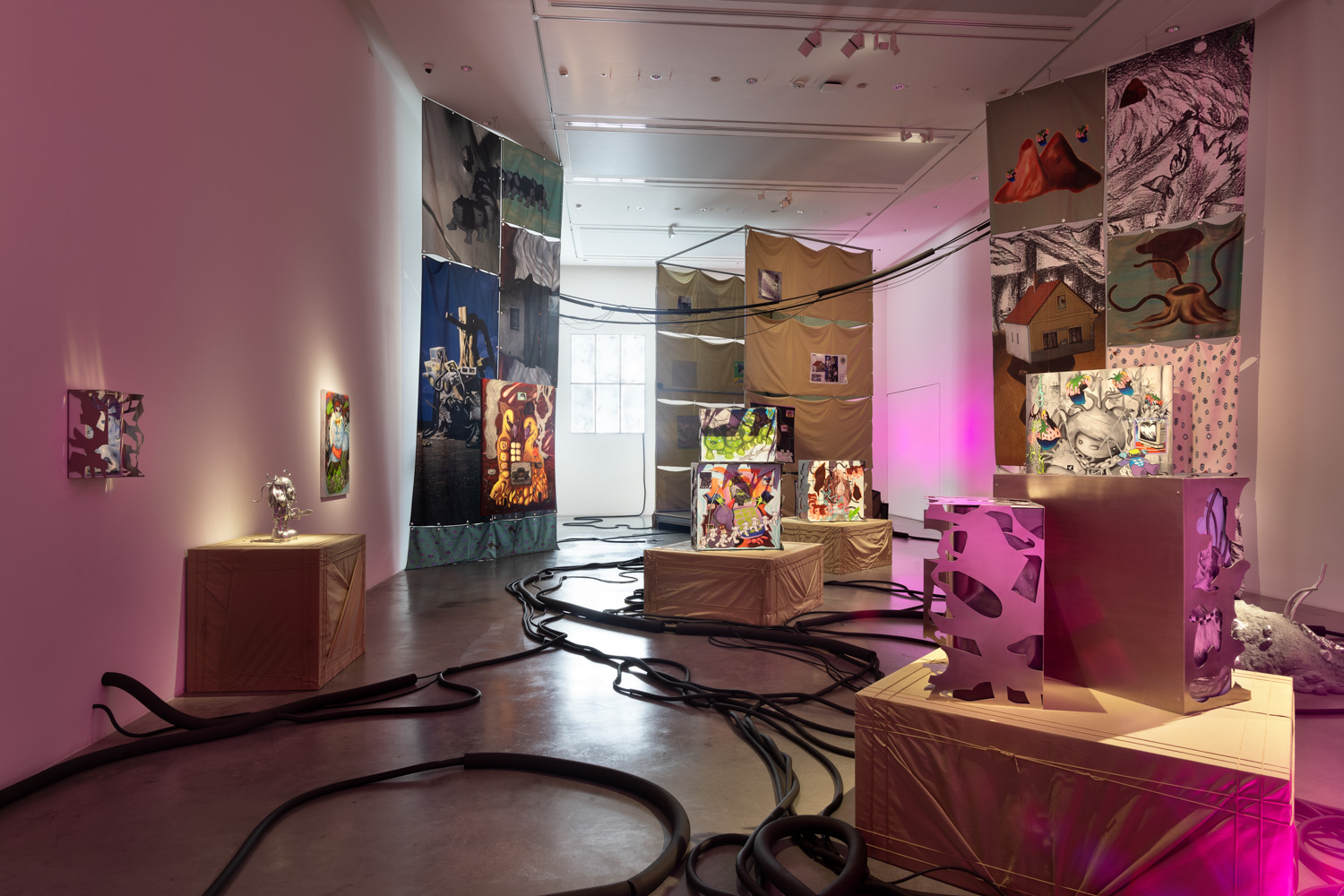
PASSCODE, THE DARK DAY
CHANIDA VORAPHITAK, AN ARTIST WHO CREATED THE ‘KA-FAI ANGLES’ DISCLOSES HER PROCESSES OF EACH WORK AND EXHIBITION, ESPECIALLY THE ROLES OF TECHNOLOGY FOR CREATIVITIES
ARCHITECTURE ANOMALY
TEXT & IMAGE: SAUL KIM
(For Thai, press here)
Our minds are programmed to follow the preconceived notions set by society. Whatever defies the convention seems ‘anomalous.’’ Architecture Anomaly is a design study series initiated by Saul Kim to experiment with architectural elements in unconventional ways to discover new ways of assembling and inhabiting.
Inspiration comes from anything that is design-related but not architecture. This allows the designer to be able to avoid doing what has already been done before. Design should not have rules. We tend to set up our own rules when we learn something and start to believe that it is wrong to do things the other way. For example, we are taught in architecture school that a floor slab should be placed horizontally, have a certain thickness, and be placed above structural beams to provide habitable space. This is the understanding of ‘floor slab’ from a human perspective because it was learned, through hundreds of years of evolution, that it is the most practical and efficient way to provide habitable space. But if we were to step back and lose the preconceived notion of what it is, what it was made for, how it should be used in a building, etc., we would start to see the thing in itself within a floor slab. Essentially, it is a thin piece of surface that we are able to now morph into something different. Maybe this surface wants to fold, crumble, or get cut to become something else. By asking ontological questions about these architectural elements, we can freely break away from their initial purpose of existence to discover new meanings.
_____________
Saul Kim is an architectural designer based in Seoul. He began his architectural journey in Singapore and moved to Los Angeles to earn a Bachelor of Architecture degree from the Southern California Institute of Architecture (SCI-Arc) and a Master of Architecture degree from Harvard University Graduate School of Design. In 2020, Saul launched the Architecture Anomaly design research series, offering planning and design services. He also teaches at Hongik University as an adjunct professor and a lecturer at Kaywon University of Art and Design.

